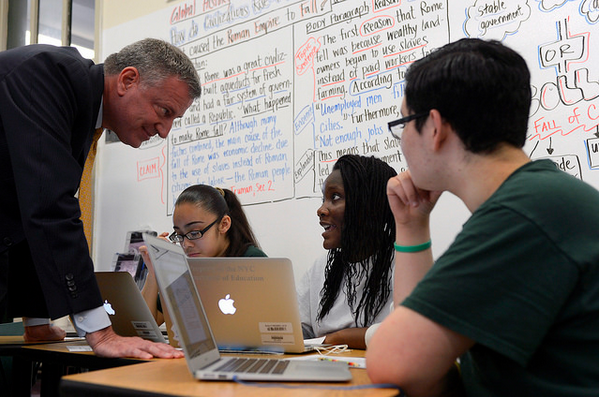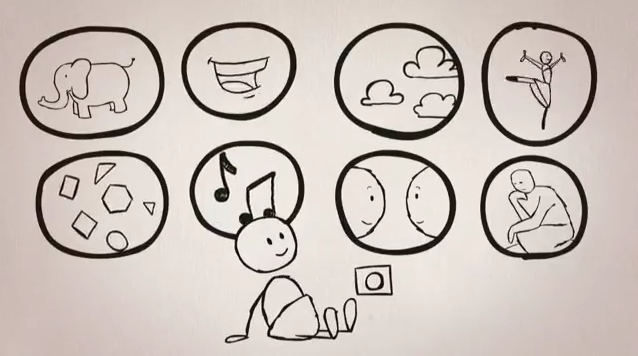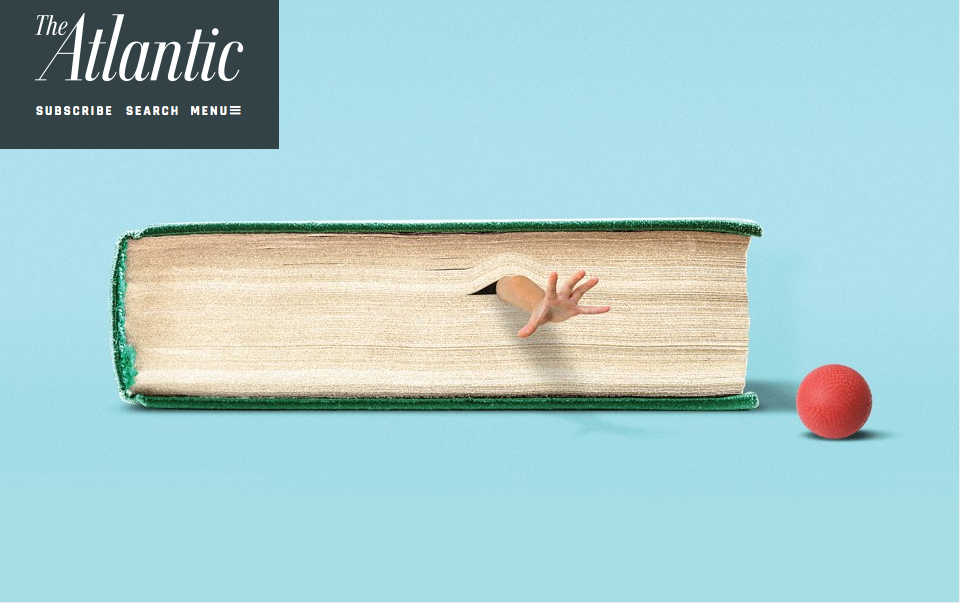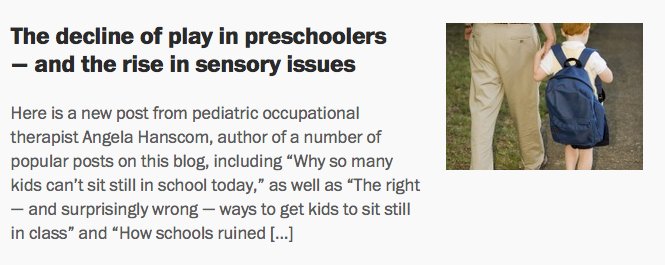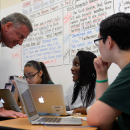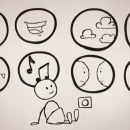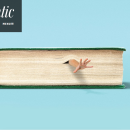What do toddlers and seniors have to teach each other? As it turns out, a lot.
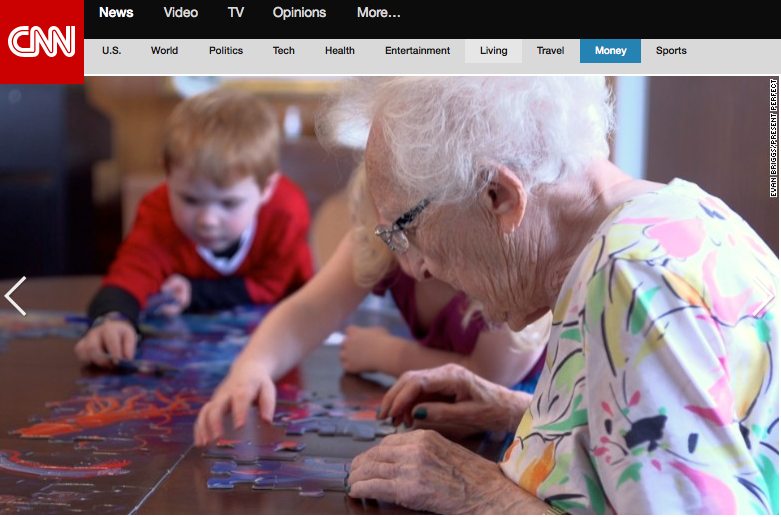
A recent CNN story features the Intergenerational Learning Center (ILC) in Seattle, where, “preschool children interact with retirement home residents on a daily basis. They sing, dance, make art, read stories together and just visit.” And the interactions benefit seniors and toddlers, alike.
Filmmaker Evan Briggs spent the 2012-13 school year filming at the ILC three days a week, and the result is the forthcoming documentary, “Present Perfect.”
For Briggs, the film is an opportunity for us to reconsider how we treat and value our seniors. “I’m optimistic about the possibilities for changing the way we think about aging,” she told Rebekah Lowin, of Today.
At Hilltop, we’ve long believed in the benefits of bringing together children and the elderly, which we do as part of the school’s commitment to visit Garden Crest regularly.
See the trailer and learn more about the film, here. Read the full CNN article, here.



